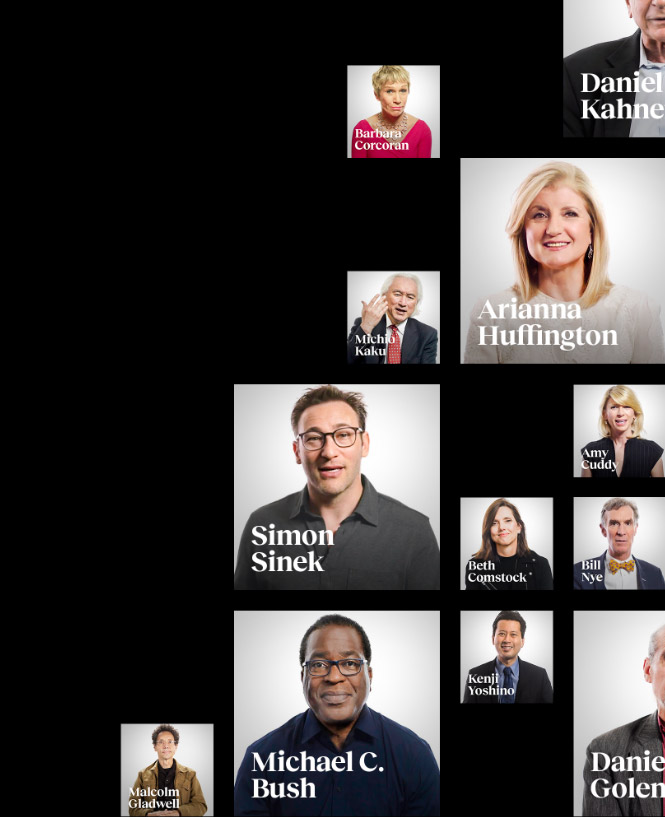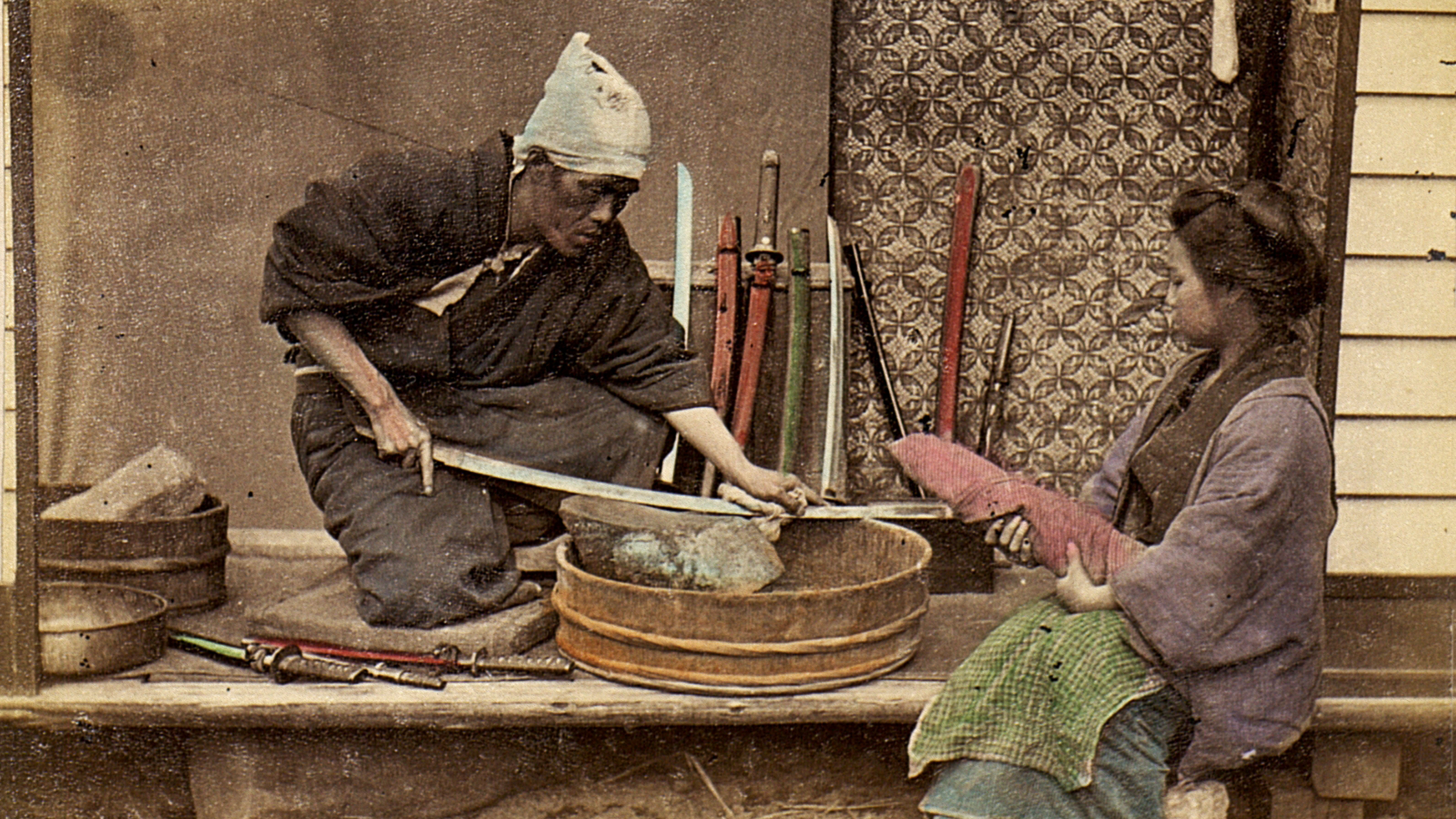How to adopt the “bricolage” mindset that supercharged Google

- The concept of “bricolage” — making something new out of what is on hand — is essential for successful side projects.
- Gmail, which now has 425 million users, was originally a side project of one Google employee, Paul Buchheit.
- To effectively implement bricolage in a company, there needs to be a rigorous filtering and sharing system for ideas.
If you logged on to the internet in the early, frontier days of the late 1990s, you almost certainly used either AOL Mail or Hotmail. In 1997, AOL Mail had 9 million users, and by 1999, Hotmail had 30 million users. The online world of instant communications was a two-horse race, with little substantially different between them.
Then, in 2004, Google launched an email provider. Gmail offered something new: it had a cleaner and more intuitive interface, and it offered far more storage for free (250 times more than Hotmail). By June 2012, Gmail had 425 million users, and Microsoft (who had purchased Hotmail in 1997) and AOL were left scratching their heads. These days, a Gmail account is mandatory for most. It’s not only an e-mail service; it’s also a way of accessing hundreds of important websites. It’s tied to YouTube, Google Drive, and Google Docs.

Given how transformative Gmail was — for the internet and for Google — you’d be forgiven for assuming it was a multi-year, multi-million-dollar project involving hundreds of people. In fact, it was the side hustle of one Google employee, Paul Buchheit. It was born of Google’s famous “20% Project,” a company policy that allows Google employees to spend 20 percent of their working time on whatever project they think would be good for the company.
The idea of side project time is now common for a lot of companies. But it can be poorly executed and rarely understood. Here, we look at the idea from the ground up by looking at its roots. Let’s unpack the concept of “bricolage.”
Skill plus imagination
A bricoleur (bricolage personified) is someone who uses whatever is on hand and makes something new and exciting. They are the kind of people who can walk into a junkyard with a blow torch and a tool belt and come away having made something incredible. Bricolage is a kind of creative tinkering. It requires great skill, but it also requires the capacity to mess about, try a few things, and see what works. In the great, imaginative smorgasbord thrown at the wall, something brilliant is bound to stick.
The French sociologist Claude Lévi-Strauss first popularized bricolage as an intellectual concept. For Lévi-Strauss, the bricoleur is someone who drastically reorders a system. They take what parts they have, jumble and shuffle them up, and produce something useful. Lévi-Strauss uses the idea in his analysis of culture. A culture does not develop according to some prefabricated schematic. It’s not designed by some omniscient overseer. Instead, the narratives, values, and mythologies we share are a response to the needs of many. Each society will create itself based on whatever is at hand.
In everyday life, a bricoleur is a utilitarian “make do and mend” type. They have an aim and will use whatever they have to achieve it. They’re resourceful and inventive. Every company can benefit from the bricolage mindset.
3 paths to impactful bricolage
When Buchheit worked on “Project Caribou” in 2001 (later to become Gmail), he was a bricoleur. Tesla’s Cybertruck and Microsoft’s HoloLens are examples of big companies bringing various products together to make a new, exciting one — they are bringing a bit of French sociology into the workplace. But bricolage needs to be done well. Here are three ways to do it right:
1. Be rigorous. The bricoleur is creative and practical. In their “20% Project” time, Google employees come up with a lot of brilliant ideas. They also come up with a lot of fluff. If you’re panning for gold, you’re going to get mud. So you need to have a rigorous filtering system. Former Google CEO Eric Schmidt, Larry Page, and Sergey Brin leveled five questions at the fruits of bricolage: Are these ideas good enough? Can we fund them? Are they going to work? Are they going to scale? Are they legal? These guidelines should form the basis of any side project.
2. Be generous with time. All jobs are hard. There’s a reason people hire for five days a week and not for four — there’s a lot of work to get done. So, if you’re going to commit to side project bricolage, you have to be prepared to let go of a fifth of your employees’ “work” hours. You cannot expect them to add their bricolage time to their already hard jobs. As the ex-CEO of Yahoo!, Marissa Mayer, put it, “I’ve got to tell you the dirty little secret of Google’s 20% time. It’s really 120% time.”
3. Set up a formal process. The difference between a bricoleur and a ditherer is in the process. Keep to certain formal rules, for example, “Document or journal your ideas,” or, “Present your ideas once a month to peers.” This isn’t about distrustful micromanagement. Writing and sharing ideas invites collaboration and reinforces the learning process. Bricolage is a powerful and useful tool for almost any company, but it needs to be actionable if it’s to work at all.





